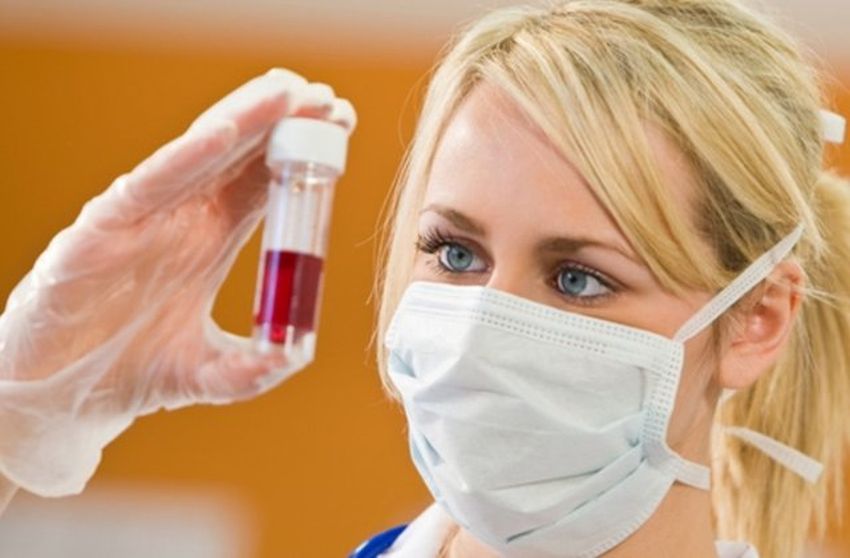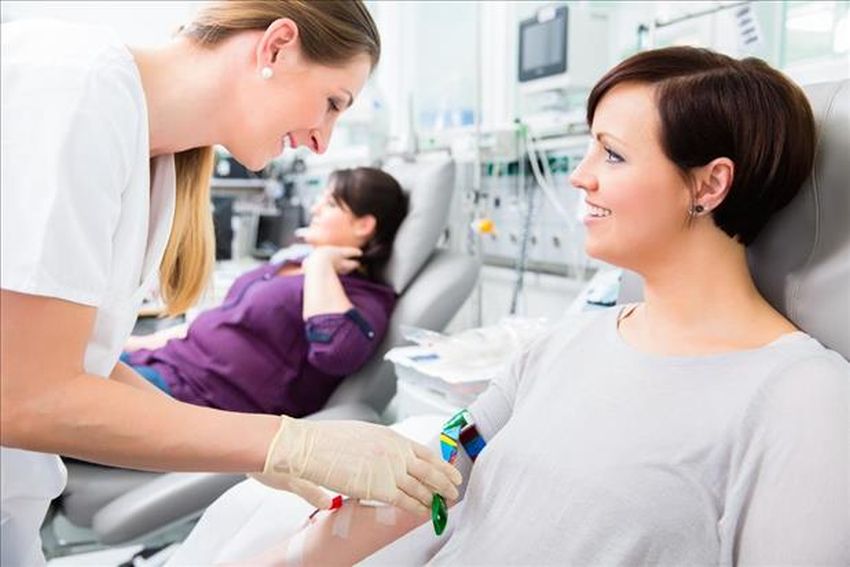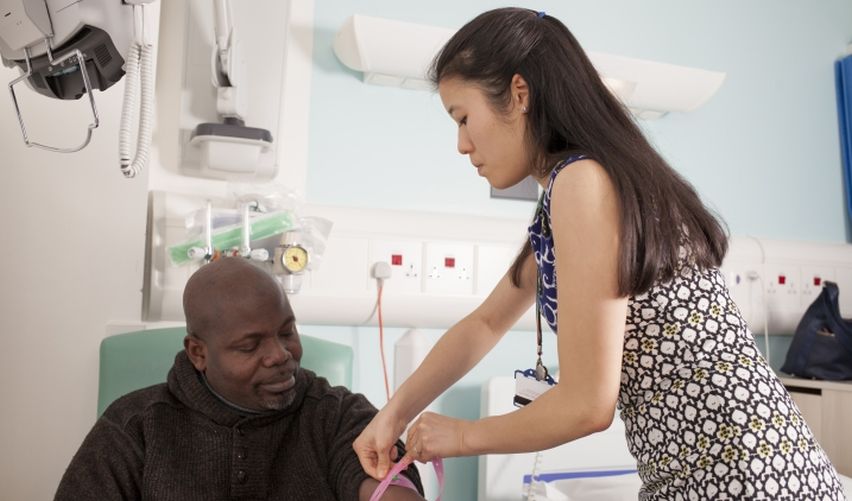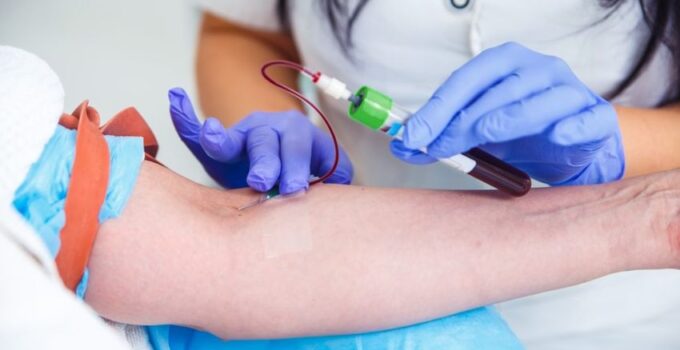There are many choices offered to find a career in the medical field. One of them is to become a phlebotomist. A phlebotomist works strictly with drawing blood for research, tests, blood donations and transfusions. They need to have the capability to calm the donors and patients during the blood draw and to help them recover if they become faint or ill after the procedure.
A phlebotomist can find employment in blood donor centers, doctor’s offices, hospitals and medical and diagnostic laboratories.

source:money.usnews.com
Becoming a phlebotomist could take as long as a year, yet some programs can take a short time of only eight weeks. There is a training course available for only $800 by the American Society for Phlebotomy Technicians. This cost is in addition to becoming a member of the society for $35 and purchasing a textbook. There are also technical colleges that may offer phlebotomy that is a part of a program on medical assisting. To find out more about phlebotomy school costs, visit CareersWiki.com and have a look at the costs section.
Once students have completed training in phlebotomy, they could expect to receive a salary of $15 to $17 per hour on the job. The phlebotomists who work in hospitals could earn as much as $32,000 per year and even more than that in a doctor’s office. The states that pay the highest salaries in this field are the District of Columbia, Massachusetts, New York, Connecticut and California. The chances of acquiring a career in phlebotomy is predicted to increase between now and 2026.

source:money.usnews.com
Depending upon each state’s requirements, certification may be needed through the American Society of Phlebotomy Technicians and the National Phlebotomy Association. There are even some conditions that require no special education to become a phlebotomist. Some of them are trained on the job. However, most of them do acquire an associate’s degree or have finished their training in another medical field such as nursing. Several students have earned a medical technology bachelor’s degree which could have them be more marketable in the phlebotomy field.
Phlebotomists will attend training in a classroom and go on to receive on-the-job training. There is no need to earn a college degree. The courses include vascular anatomy, venepuncture, skin puncture techniques, vascular physiology, proper specimen handling and procedures in safety. Even though a college degree is not necessary, most employers will hire those who have received one.

source:healthcareers.nhs.uk
After classroom training, certification may be needed in some states. The certification guidelines differ depending upon the organization. They may also require a minimum amount of experience and being a member in a certifying organization. Maintaining the certification is done by continuing to receive more education such as patient injury, blood contamination and even lawsuits.
Phlebotomists may also be called phlebotomy technicians. They are also considered to be specialized clinical laboratory technicians who collect samples of blood. The phlebotomist may also be able to set up ongoing education programs and supervise or train other technicians of phlebotomy.





